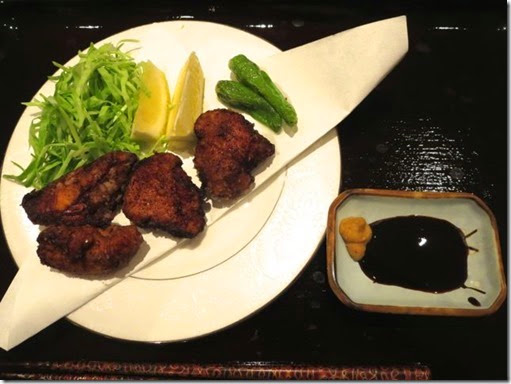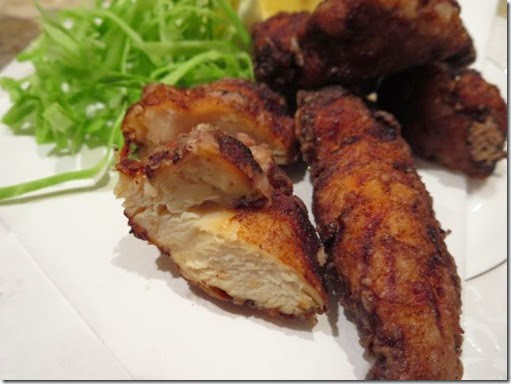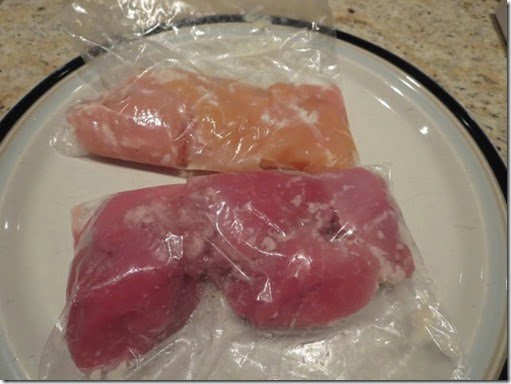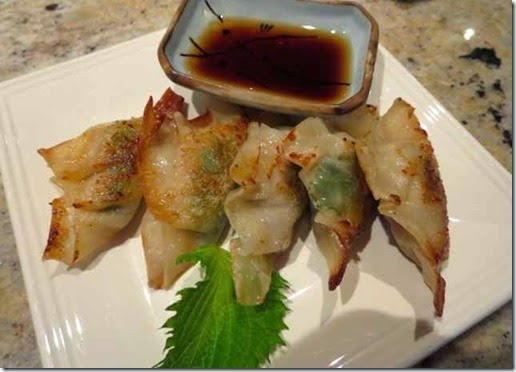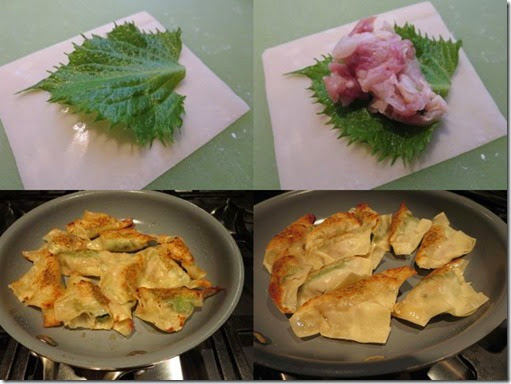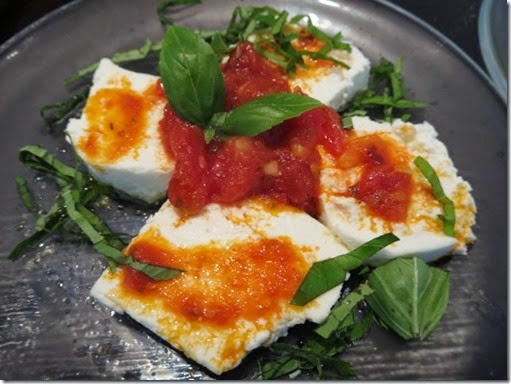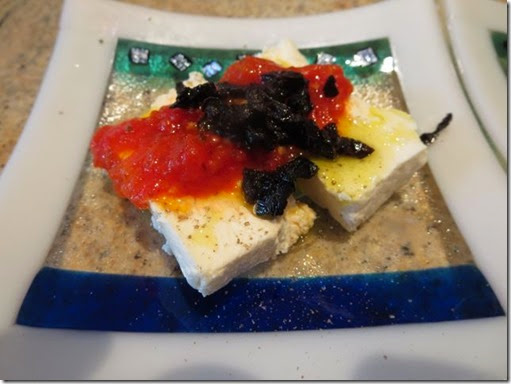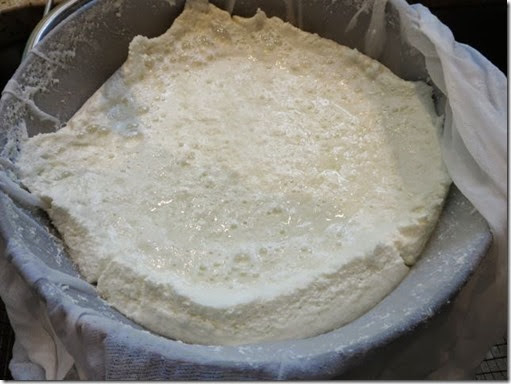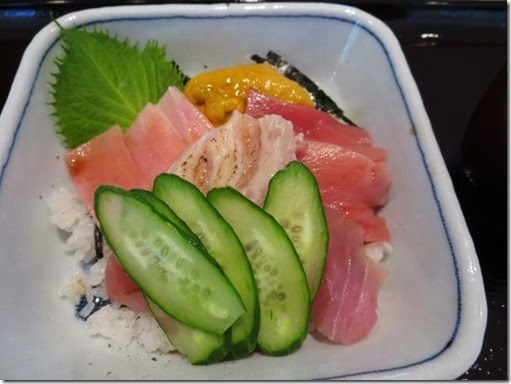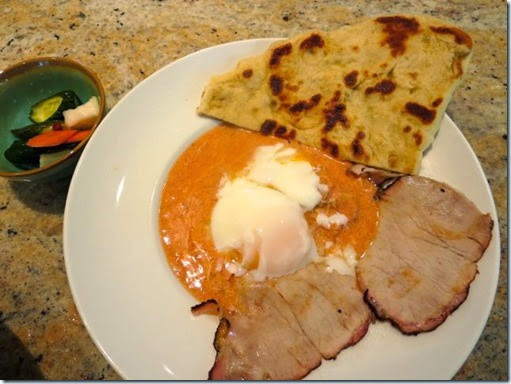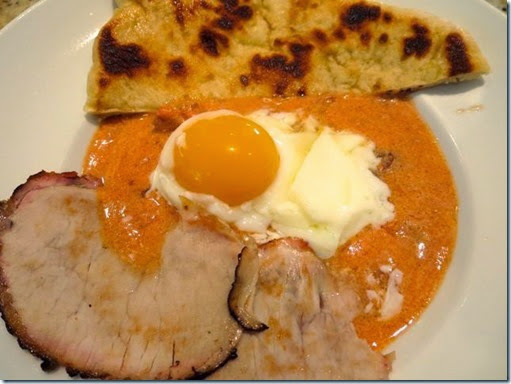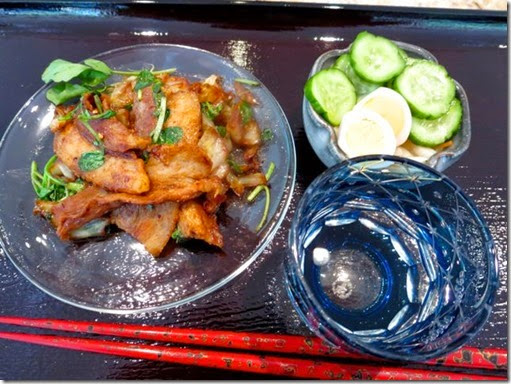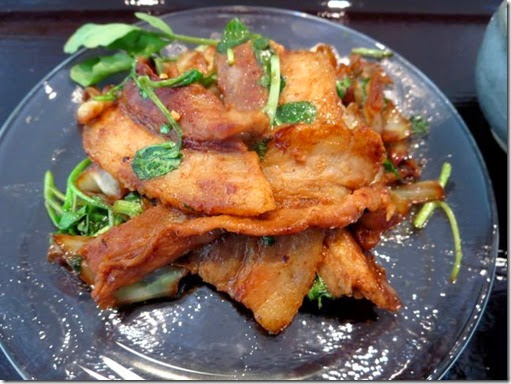Although my wife is not
Pennsylvania Dutch, she grew up in a PA Dutch area in rural Pennsylvania. According to her, even in her grade school, the cooks were PA Dutch and, as a result, many of her childhood food memories are PA Dutch dishes and we posted quite few of these.
Recently, one of our friends asked if my wife could make a PA Dutch dish called chicken and dumplings and post it. My wife never mentioned this dish to me before and when I asked her about it her response was luke-warn at best. She knew about the dish but her childhood recollection was that is was BORING. It appears that this was not one of her favorites. But recognizing taste can change over time with things cherished in childhood being less appreciated in adulthood and
vice versa, she consulted her cookbooks and came up with this dish. Turns out that it is surprisingly flavorful and not bad especially for a dish involving "dumplings*".
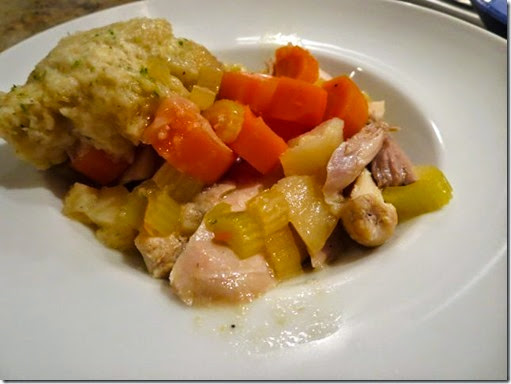
I was amazed how much the dumpling swelled up.

All the final vegetables were freshly added after the broth was made from simmering the aromatic vegetables and chicken together.
*
Dumpling, "Suiton" or すいとん (水団): Almost all cultures have some kind of dumpling which is essentially made from starch (flour or root tuber, potato starch and water to make a dough. The dough is formed into small balls or noodle-like strips then cooked in a soup or stew. Leavening agents, eggs, fat, herbs and other seasoning could be also added but the basic form was cheap and filling food meant to fill the stomach. In Japan, my parents' generation after World-war II, wheat flour ration (US army surplus) was often made into Japanese-style dumpling cooked in water/broth, which tended to bring up "bad" memories of the post war period for my parents' generation. The Japanese name "Suiton" literally means "water dumpling". As compared with "noodles" made of flour, this type of dumpling is easier and quicker to make especially when you are hungry. Post-war Japanese generations which include myself may never have eaten this type of "dumpling".
Here is my wife's version of PA Dutch chicken and dumpling stew. Originally a stringy old chicken would have been used. Or, as some recipes suggested, the carcass of the chicken served for Sunday dinner (chicken and dumplings was definitely a Monday i.e.not company, dinner). My wife chose chicken thighs because they do well when stewed. Also in an attempt to avoid the “boring” indictment she used chicken broth instead of just water called for in the original recipes.
Ingredients: (for 4-6 servings)
For Chicken and broth:
Chicken thigh: 4, skin on and bone in.
Chicken broth (or water about 2 quarts) to cover vegetables and chicken pieces.
Onion: 2 medium, coarsely diced
Celery: 4 stalk, coarsely chopped
Carrots: 4 large, skinned and coarsely chopped
Bay leaves: 2
Black pepper and salt to taste
Olive oil for browning chicken
For dumpling: (this makes lots of dumplings, you may want to adjust the amount proportionally)
Flour All purpose, 2 cups, sifted,
Salt 1/2 tsp
Baking powder 4 tsp
Parsley: fresh Italian parsley, finely chopped, 2 tbs or dried (2 tsp)
Black pepper to taste
Butter 3 tbs.
Egg, one large beaten
Milk 1/2 up to 2/3 cup, added in increments
Vegetables for the final stew:
Onion, 2 medium, medium dice, sautéed in oil.
Potato, 3 medium, skinned and cut into large cubes
Carrots, 4 medium, skinned and cut into bite size coins
Celery, 4 stalks, veins removed and sliced in 1/4 in
In a large sauté pan, add olive oil and brown the chicken. Deglaze the pan to get out all the fond. Sauté the onion until lightly golden. Put all the vegetables, bay leaves, chicken into the pot. Pour chicken broth to cover (we used low sodium no fat Swanson chicken broth) and simmer for one hour with the lid on, removing the scum that may form on the surface several times.(#1) Let the chicken cool to room temperature. Remove the chicken from the bone. Discard the skin and set the meat aside. Strain the broth to remove all solids and set aside. Add the broth back into the pan (you could skim the fat). Add the fresh vegetables for the final stew listed above (sautéing the onions until slightly caramelized). simmer until the vegetables are cooked (20 minutes or so) (#2).
For the dumplings sift the flour, add the baking powder, salt, parsley and pepper. Cut in the butter using a pastry cutter (#3). Add the egg. Add enough milk until the dough is formed (as little kneading or mixing as possible) (#4). Using a small ice cream scoop (or two spoons), Drop a portion of dumpling dough into the gently simmering broth (#5). Put on the lid and let it simmer for 10-15 minutes. Do not remove the lid during this time. The dumplings swell up to fill the pot (#6).
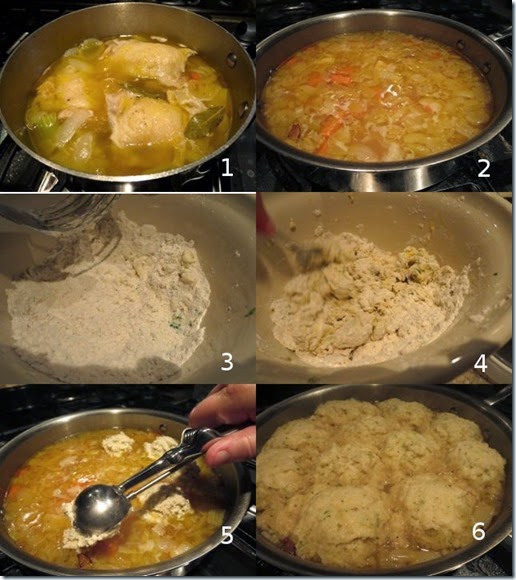
To serve, Place the cooked chicken meat in a bowl and add broth, vegetables and one dumpling per serving.
This was much better than I expected—not the least bit boring. The broth was rich and very flavorful. All the onions and carrots added complexity and a slight sweetness. The chicken meat was also pleasantly flavored from the time spent with the veggies in the broth. Even the dumplings were good. They were light and fluffy on top and moist with the flavor of the broth on the bottom. They also served to thicken the broth. It was a complete and very satisfying meal. I am surprised to say that we will probably add this to our list of “regular” dishes.
